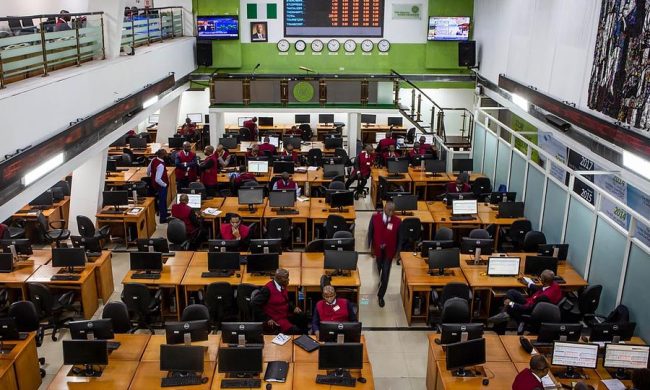U.S. West Texas Intermediate (WTI) crude oil futures were trading at $50.16 per barrel at 0115, down 19 cents from their last settlement. Traders said that WTI was pulled down by another rise in U.S. oil drilling activity.
A closely watched report on Friday by oil services provider Baker Hughes showed U.S. drillers added four rigs in the week to Oct. 14. It was the 16th week in a row that oil drillers had gone without making cuts, indicating more production to come.
Traders said that a seven-month high of the dollar against a basket of other leading currencies .DXY, which was due to an expected hike in U.S. interest rates later this year, was also weighing on crude prices.
Since oil is traded in dollar, a stronger greenback makes it more expensive for countries using other currencies at home to purchase fuel, potentially undermining demand.
Brent was also weighed by fresh production records from the Organization of the Petroleum Exporting Countries (OPEC), which pumped out a record 33.6 million barrels of crude oil per day in September PRODN-TOTAL.
“Record supply from OPEC year-to-date, weaker global GDP estimates, and still elevated inventories cause us to lower and flatten our oil price outlook,” Bernstein Energy said in a note to clients on Monday.
“We reduce our Brent forecast to $60 per barrel in 2017 ($70 per barrel before) and $70 per barrel in 2018 ($80 per barrel before),” it added.
Despite Monday’s falls, analysts said that traders were cautious about driving the market much further down, largely because of a plan by OPEC to cut output in an initiative to rein in a global production overhang, which currently sees around half a million barrels of crude pumped every day in excess of demand.
OPEC is scheduled to meet on Nov. 30 to discuss a production cut. The producer cartel hopes non-OPEC members, particularly Russia, will join a potential cut.












